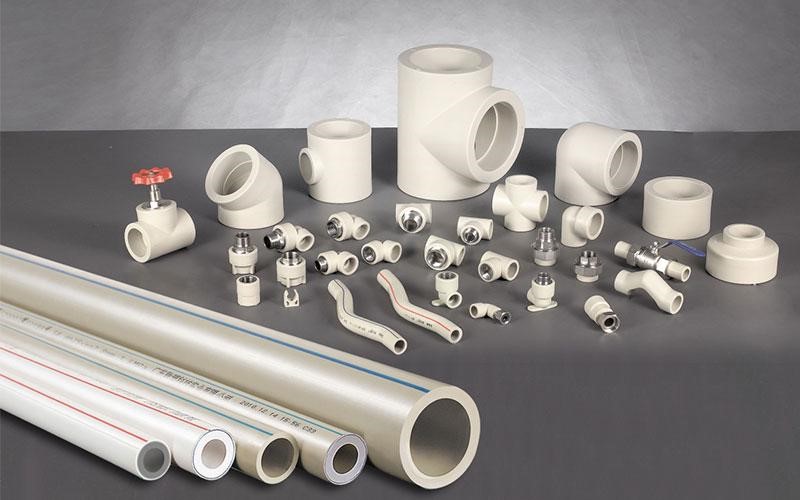Nov . 10, 2024 01:07 Back to list
HDPE Corrugated Pipe Dimensions and Specifications for Various Applications and Industries
Understanding HDPE Corrugated Pipe Sizes and Their Applications
High-Density Polyethylene (HDPE) corrugated pipes have become increasingly popular in various sectors, including construction, agricultural, and municipal applications. Their unique characteristics, such as flexibility, durability, and resistance to corrosion, make them the material of choice for drainage systems, stormwater management, and sewage transport. In this article, we will explore the different sizes of HDPE corrugated pipes and their applications to provide a comprehensive understanding of their role in modern infrastructure.
What is HDPE Corrugated Pipe?
HDPE corrugated pipes are made from high-density polyethylene, a thermoplastic polymer known for its strength and versatility. The corrugated design contributes significantly to the pipe's structural integrity and ability to withstand high pressure. The pipe's outer layer is ridged, which provides strength and rigidity, while the smooth inner layer facilitates the flow of liquids. This combination makes HDPE corrugated pipes ideal for various applications, including drainage, culverts, and sewer systems.
Sizes of HDPE Corrugated Pipes
One of the key advantages of HDPE corrugated pipes is their availability in a variety of sizes. This flexibility allows engineers and construction professionals to choose the right pipe diameter and length to suit specific project requirements. HDPE corrugated pipes typically come in diameters ranging from 3 inches to 48 inches, and the most common sizes include
- 3 to 6 inches Typically used for residential drainage systems, including downspout discharges and French drains. - 8 to 12 inches Commonly used for commercial applications such as parking lot drainage, as well as in agricultural settings for surface water management. - 15 to 24 inches Often deployed in larger municipal projects, including stormwater drainage systems and culverts under roads. - 30 to 48 inches and beyond Utilized in major infrastructure projects such as highway drainage and large sewer systems.
Each size serves specific functions and must be selected based on the anticipated volume of water, the nature of the surrounding soil, and regional regulations.
Benefits of Using HDPE Corrugated Pipes
1. Durability and Longevity HDPE is resistant to corrosion and degradation, which ensures a longer life span compared to traditional materials like concrete or steel. This makes HDPE pipes an ideal choice for areas with challenging environmental conditions.
hdpe corrugated pipe sizes products

3. Lightweight Nature Compared to other materials, HDPE pipes are lightweight, making transportation and installation easier and less labor-intensive, thus reducing overall project costs.
4. Hydraulic Efficiency The smooth interior surface of HDPE pipes enhances hydraulic performance, which results in lower friction loss and improved flow rates compared to alternatives.
5. Environmentally Friendly HDPE is recyclable and often made from recycled materials, making it a sustainable option for infrastructure projects.
Applications of HDPE Corrugated Pipes
Given their diverse sizes and benefits, HDPE corrugated pipes are used in various applications
- Stormwater Management Municipalities widely use these pipes in stormwater drainage systems to manage runoff effectively and prevent flooding during heavy rain. - Agricultural Drainage Farmers use HDPE pipes to drain excess water from fields, thus improving soil health and crop yields. - Wastewater Management Sewage systems rely on HDPE pipes for the safe transport of wastewater, minimizing the risk of leaks and contamination.
- Culverts and Underpasses HDPE corrugated pipes serve as culverts to facilitate water passage beneath roads and highways, ensuring the integrity of transport infrastructure.
Conclusion
HDPE corrugated pipes are a vital component in modern engineering and infrastructure due to their versatility, durability, and efficiency. Understanding the various sizes available allows professionals to select appropriate solutions for their specific needs. As infrastructure projects continue to evolve, the demand for reliable and sustainable materials like HDPE will only grow, further solidifying its position in the market. Whether in residential, commercial, or municipal applications, HDPE corrugated pipes offer a robust solution for effective water management and drainage.
-
Durable DN100 PVC Well Casing Pipes for Reliable Water Supply
NewsAug.16,2025
-
HORON 25mm PPR Plumbing Pipes: Durable, Leak-Proof Water Systems
NewsAug.15,2025
-
Durable UPVC Column Pipes for Submersible Pumps | Efficient Water Flow
NewsAug.14,2025
-
DN100 PVC Well Casing Pipes - Durable & Corrosion-Resistant
NewsAug.13,2025
-
Flexible 32mm HDPE Pipes in Coil | Durable Water & Gas Lines
NewsAug.12,2025
-
DN50 HDPE Pipes in Coils: Flexible, Durable & Easy Install
NewsAug.11,2025

